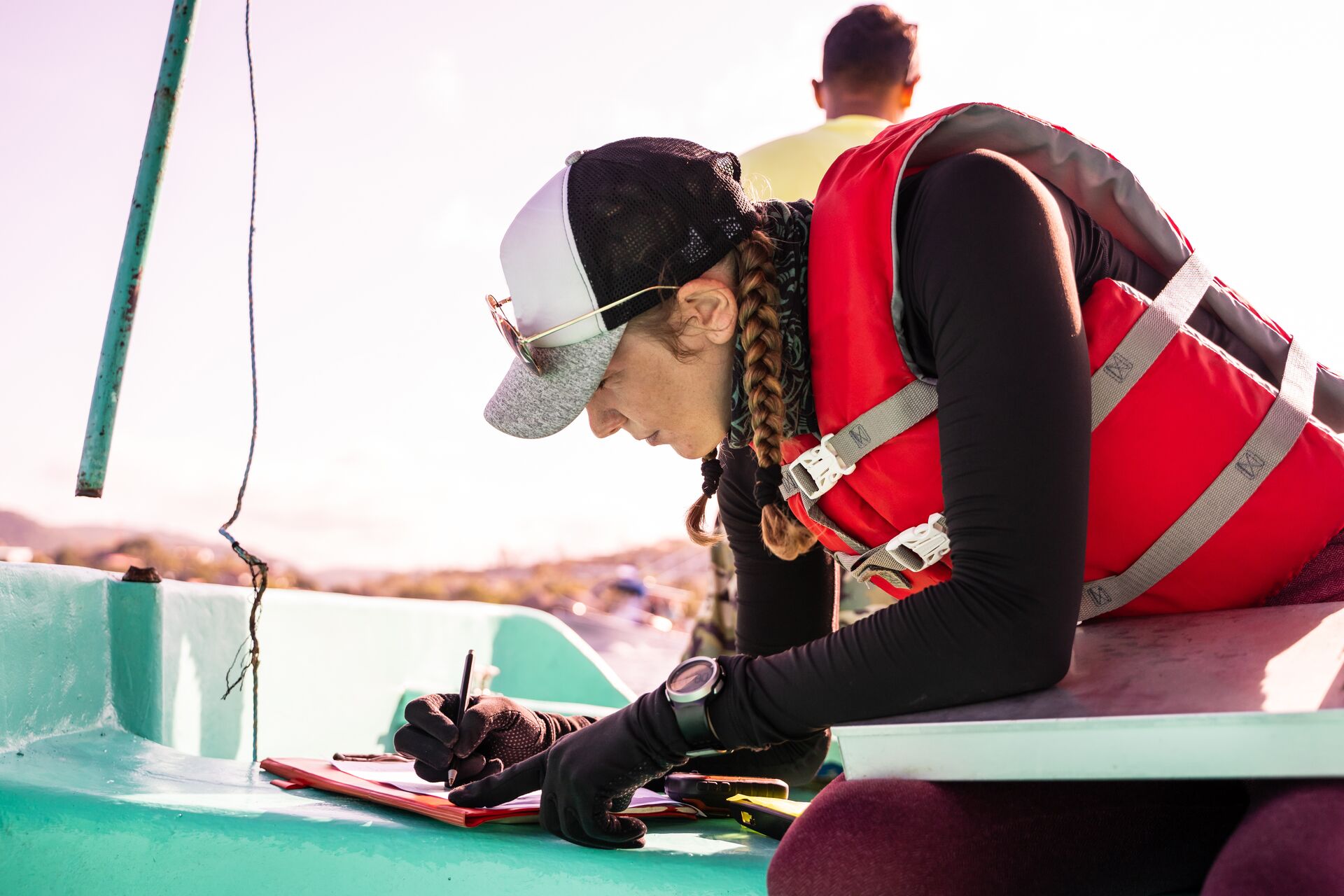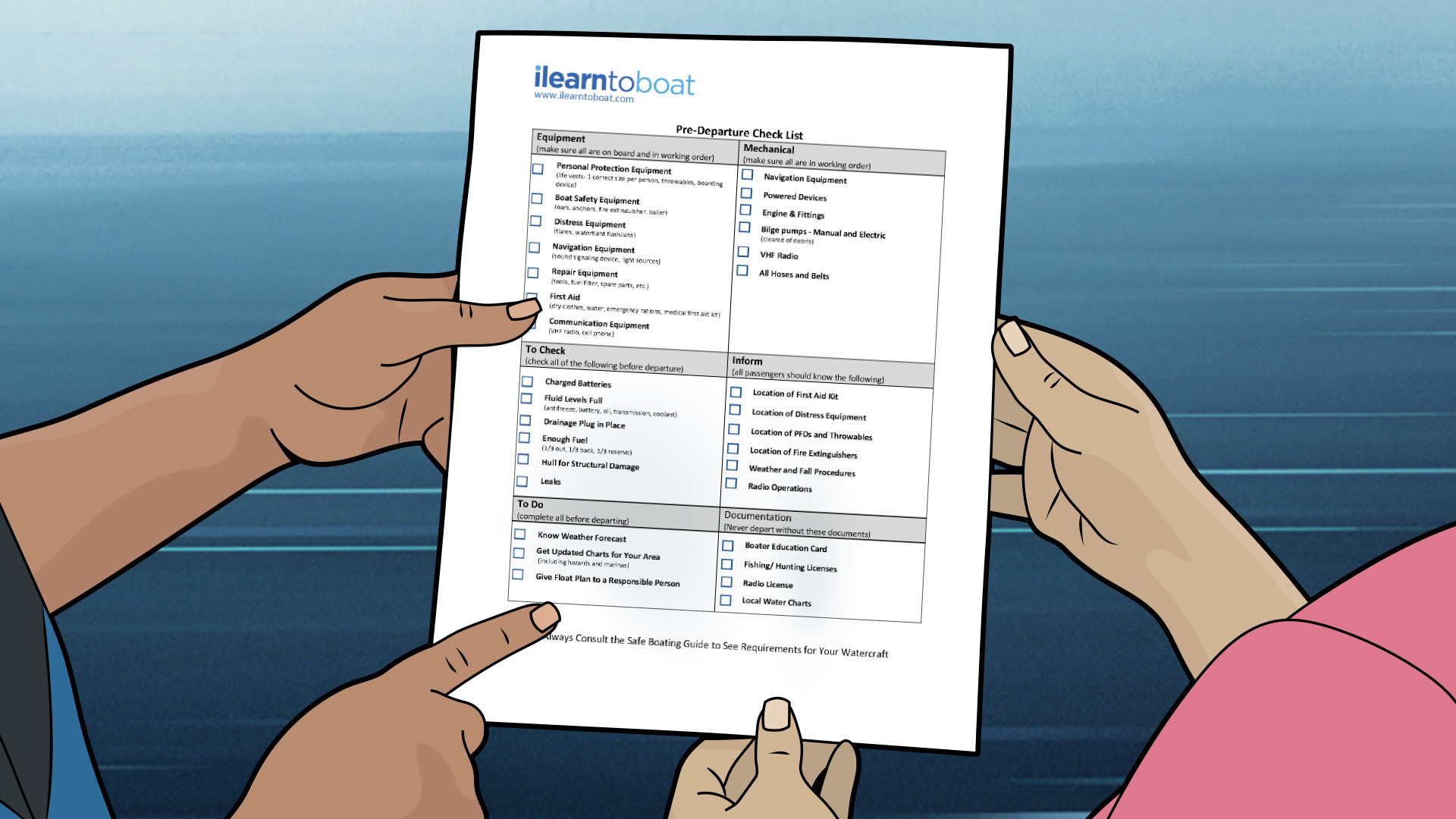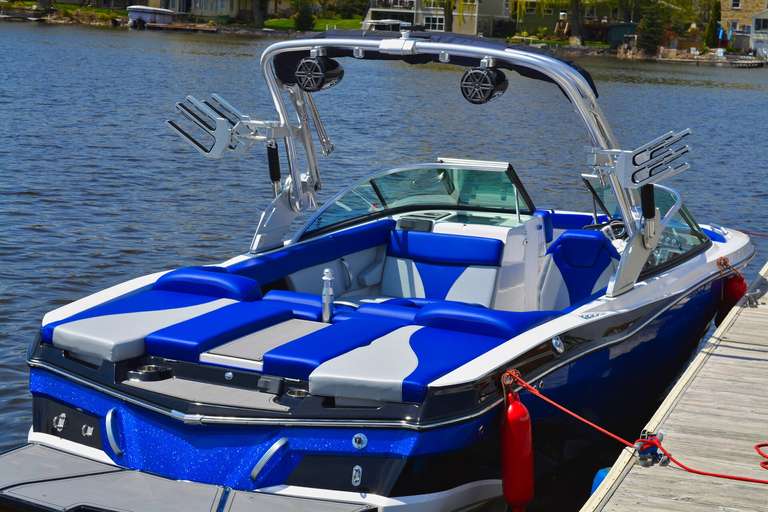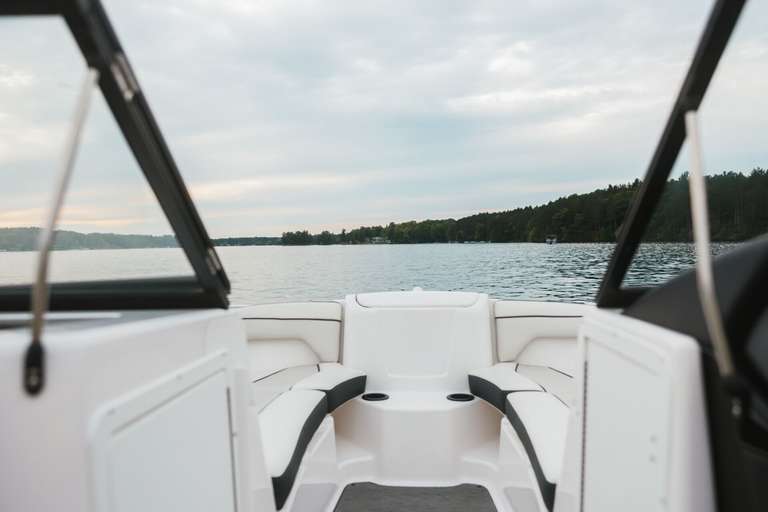Pre-Departure Checklist: What Is a Float Plan?

Before heading out on a boat trip, it's always wise to leave a float plan with someone you trust to notify the proper authorities if you don't return at the planned time. This is especially important for longer trips.
However, leaving a float plan behind with someone on shore is a good idea any time you launch for even a few hours on the water.
So, what is a float plan? Today, we answer that question — plus we talk about everything you should do as part of your pre-departure checklist! Making sure your vessel is sea-worthy and stocked with the right safety equipment is crucial before leaving the dock.

What is a Float Plan?
What is the purpose of filing a float plan?
A float plan provides information about where and when you are boating. Your float plan should contain the following information.
- Names and a description of/information about yourself and any passengers
- Vessel information: size, type, color, engine, etc.
- A list of the safety equipment carried on board
- Your planned departure date, return date, destination, proposed route, and planned stops
This information may not seem important — until you're in an emergency situation away from shore, and you need someone to know where you are and that you didn't come back on time.
Filing a Float Plan
Having a float plan can save your life. You never know when you could run into bad weather or another emergency.
A float plan in the right hands — a family member, a friend, or a local marina or dock — can ensure a safe return.
However, if you don't create or fill out a "full" float plan, you should, at the very least, inform family, friends, and the marina where you plan to boat and how long you expect to be out. This will help them know to send for help if you do not arrive back when you are supposed to.

A Float Plan is Part of Your Pre-Departure Checklist
Creating and filing a float plan is part of the tasks you should complete on a Pre-Departure Checklist.
A thorough checklist includes critical tasks that can help you avoid an accident (or ensure you have the equipment you need if something does go wrong).
These tasks include:
- Stocking the boat with a life jacket for yourself and every passenger (including a throwable if your boat requires one).
- Confirming you have a first aid kit on board.
- Checking that navigation equipment, distress equipment, the VHF radio, bilge pumps, and other critical equipment are in good working order.
- Checking fuel and fluid levels and making sure the batteries have enough charge.
- Informing passengers of emergency procedures, where to find fire extinguishers and life jackets, and how to use the radio if you're unable to do so.
- Checking the weather.
- Preparing and filing your float plan.
With some practice, moving through this checklist can go quickly. However, even if you're in a hurry for a day of fun on the water, never skip these steps.
Getting stuck away from shore without a working radio is a dangerous situation to be in.
To help you with this process, we've put together a Pre-Departure Checklist you can download and use each time you prepare for a boating adventure!

Prepare for Safe Boating Adventures with Boating Education
The best way to prevent boating accidents and emergencies on the water is to learn the safety best practices for operating a boat. While the insights we gave you today about float plans and pre-departure checklists are a good place to start, there's much more to know about boating safely!
ilearntoboat is here to help. Our online boater education is a fun and fast way to learn everything you know to stay safe on the water. Plus, after completing our course and passing the exam, you receive your boater education card — a requirement in most states to boat legally.
Get ready for your next adventure by choosing the course for your state and working through it! Then, file your float plan, go through your pre-departure checklist, and hit the water safely.
Originally published in February 2021. Content most recently updated for relevancy and accuracy December 2, 2024.



